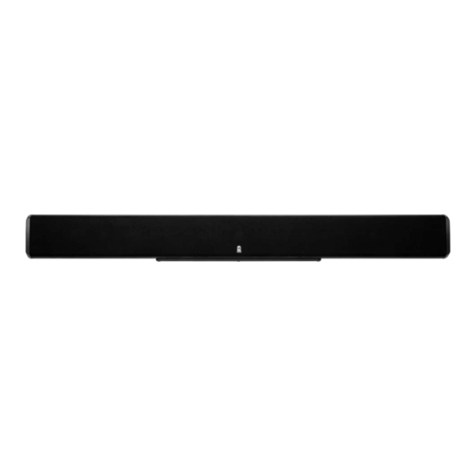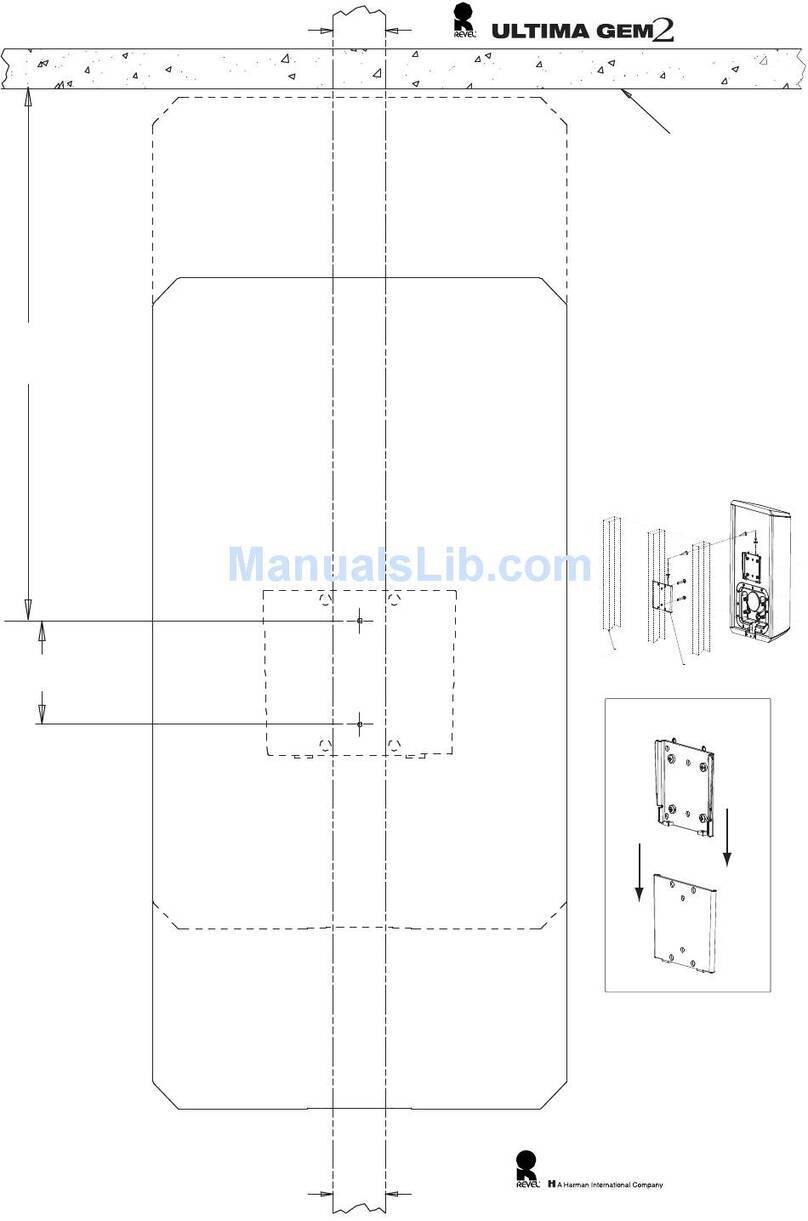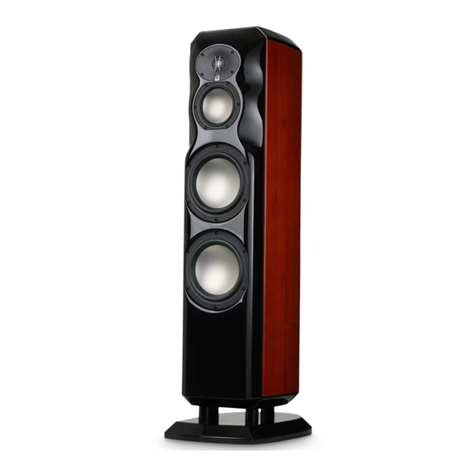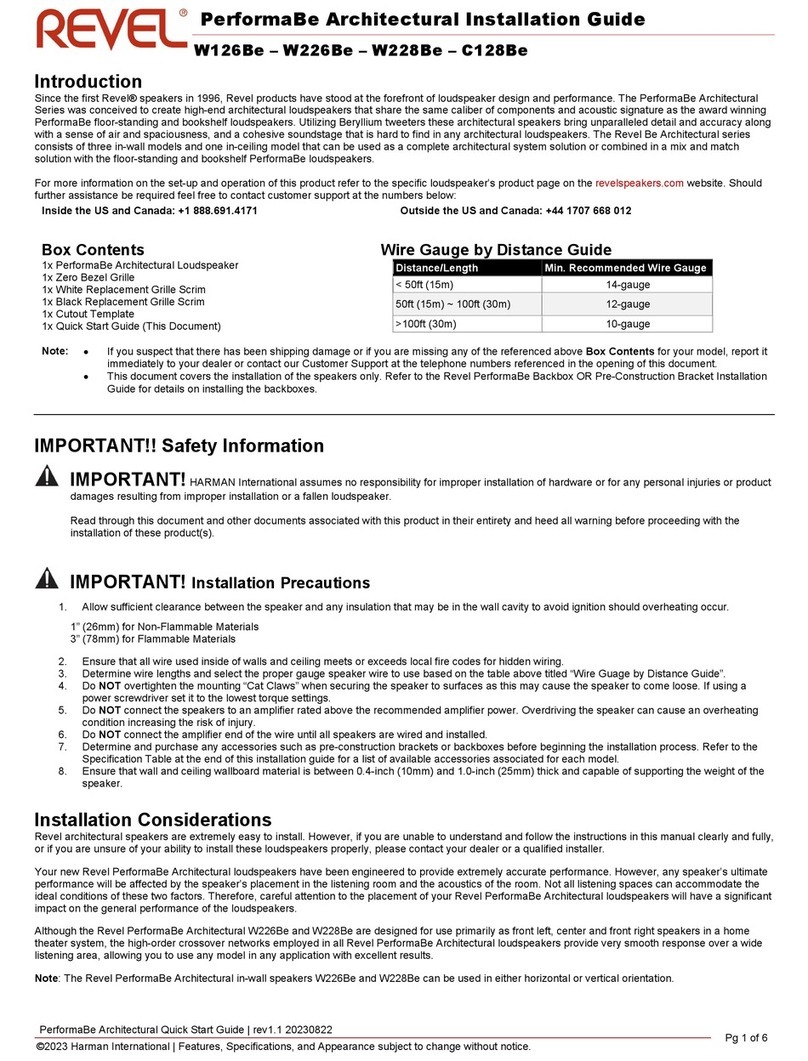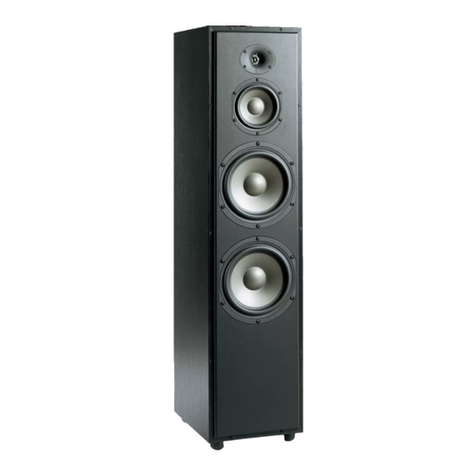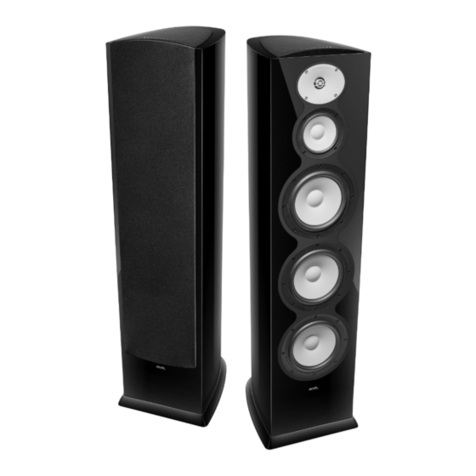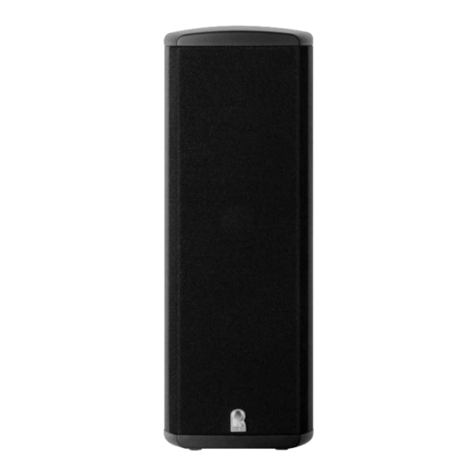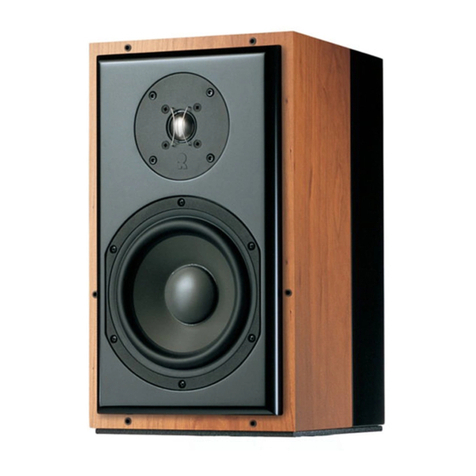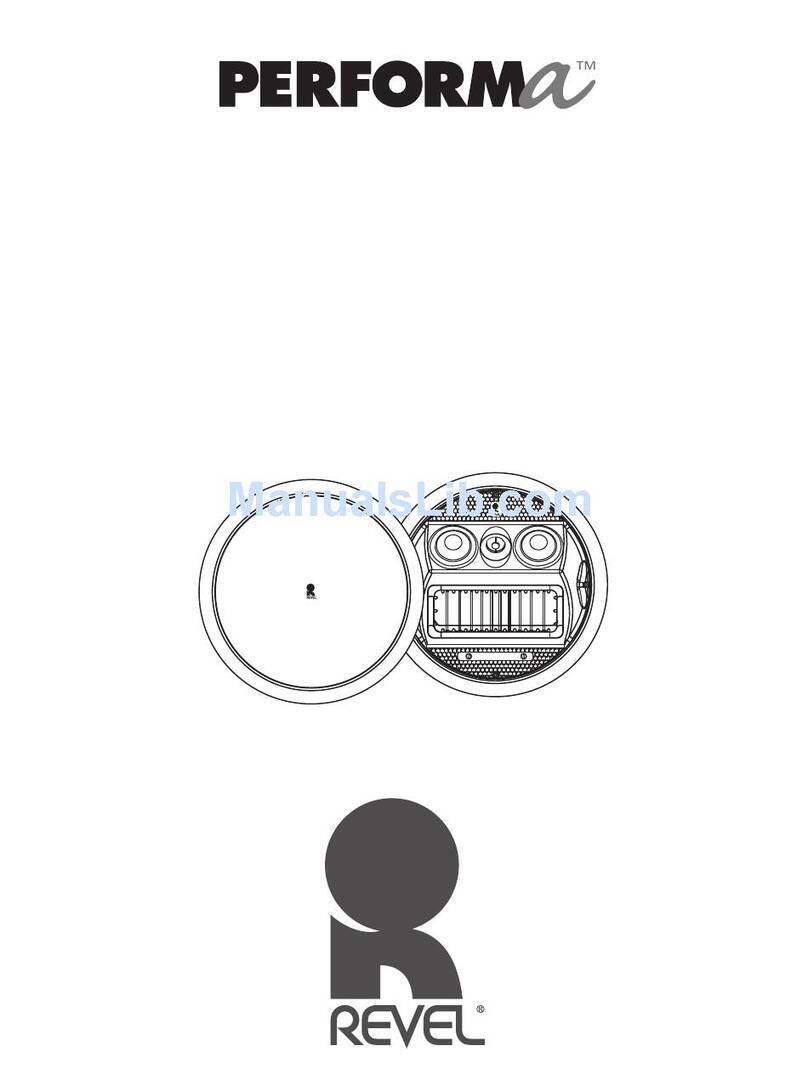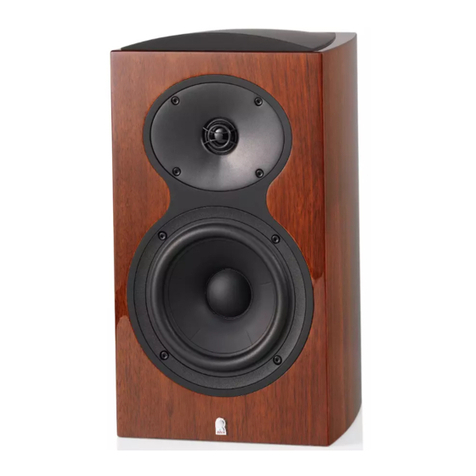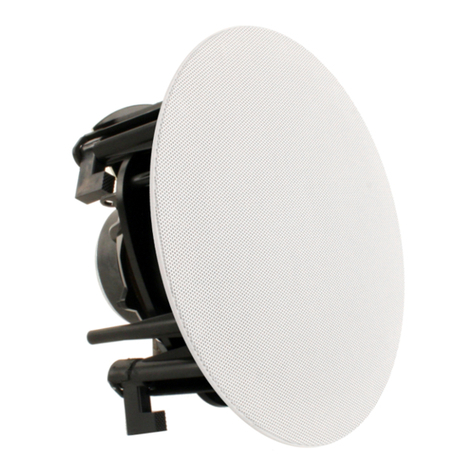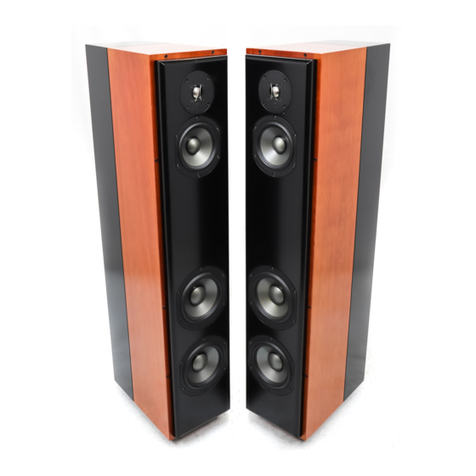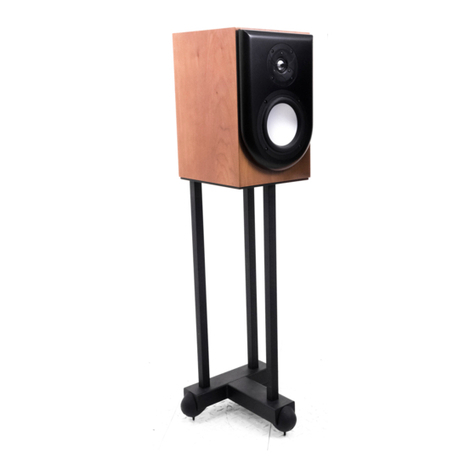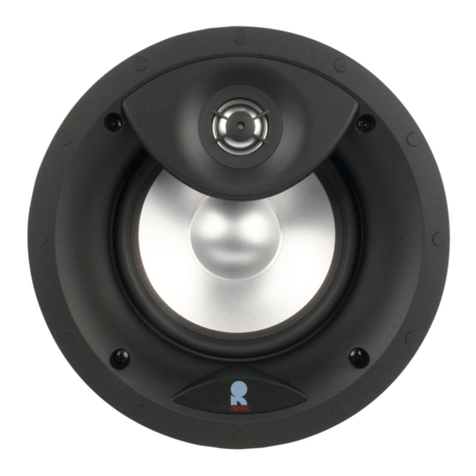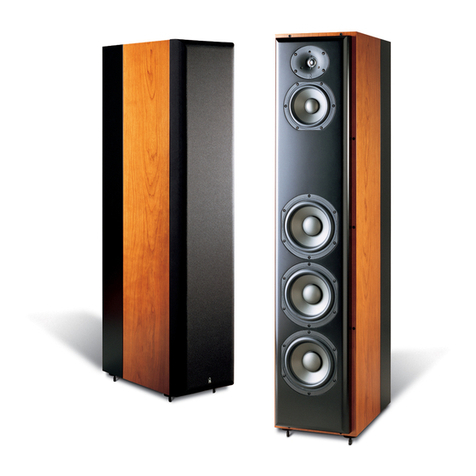9
ULTIM
a™
SALON
Atechnological tour de force.
Unprecedented acoustical honesty.
Hailed by audiophile critics and
music lovers alike as the world’s
best loudspeaker, Revel’s flagship
Salon high-performance speaker
system defines the state-of-the-
art. Created with the immense
technological resources of one of
the world’s largest audio compa-
nies, Salon combines cutting-edge
engineering and manufacturing
expertise along with elegant and
sophisticated visual design.
Created from the ground
up, the Salon is endowed with
seven proprietary high-perform-
ance drivers, which in concertpro-
vide true full-range response to
reach below and above the limits
of human hearing. Low frequen-
cies are reproduced by a trio of
8-inch woofers, which feature
multi-layer mica and carbon-filled
co-polymer inverted domes that
are truly pistonic over their
assigned frequency range. The use
of multiple smaller drivers, instead
of a single larger unit, assures deep
and accurate bass reproduction,
while allowing a more desirable
narrow cabinet width. Equipped
with sophisticated magnetic motor
structures, the woofers feature
large edge-wound voice coils,
double spider voice coil centering
systems, and copper shorting rings
for truly linear pistonic behavior
and freedom from dynamic com-
pression at elevated volume levels.
Deep bass response is detailed,
powerful and authoritative,
extending all the way down to the
lowest bass registers with an in-
room low frequency extension of
16Hz. Remarkable, as some well-
regarded dedicated subwoofers
don’t provide this level of low bass
extension.
The critical bass-to-mid-range
transition is handled by a unique
mid-woofer, a 61⁄2-inch mid-bass
transducer that is housed in its
own separate sub-enclosure within
the lower enclosure. Essentially a
slightly smaller version of the
Salon’s 8-inch woofers, this driver
provides a seamless blend over the
critical upper-bass to lower-mid-
range band, eliminating any possi-
ble mid-range coloration associated
with wide-range woofers.
In the upper enclosure, the
important mid-range frequencies
are faithfully reproduced by a
4-inch high-performance driver
that is endowed with a high-per-
formance neodymium magnetic
motor system. It is equipped with
an inverted titanium dome which
is both very stiff as well as very
light, providing true linear pistonic
performance over its operating
frequency range along with free-
dom from dynamic compression.
High frequencies are
effortlessly reproduced by the pri-
mary1.1-inch aluminum alloy
dome tweeter, a proprietary unit
that provides shimmering high-fre-

